Get an Affordable, Sleek and Hassle-Free Workout with the COROS Pace 2
Running is one of those simple pleasures in life and even during those years chasing those PBs, it has always been an objective to keep things simple. Add a family life, full time career and an unwavering pandemic, and the struggle to keep motivated to get out the door just multiplied 10-fold. Then I had a chance to test-drive the COROS Pace 2, a brand well known to my friends who are ultra trail runners, but I was still to be persuaded. Admittedly, in trying to keep to a hassle-free model, I do have an appreciation for timekeepers and upon receiving the watch, I was immediately intrigued.
The first detail and nice surprise was the weight of the watch. It’s only 29 grams and during my run, I had to check my wrist to ensure it was still intact because I could barely feel it on. The weight and size of a watch is a big deal for a person who has small wrists and the weightlessness during a long run is delightful (especially during the summer with hot and sweaty weather). In part, the lightness comes from the nylon watch band (39g with the silicon band). The bezel is made from a lightweight, non-corrosive and high-strength fiber reinforced polymer and is almost flushed with the screen in size compared to the 4mm wide bezel on my existing watch. The watch as a whole is 42 x 42 x 11.5mm in size which is smaller by 8 x 8 x 4.3mm. It’s a smaller watch but it does not hinder reading the display because the font size is adjustable. Aesthetically, you can also choose a colour display and font instead of the typical grey tones and there are also 36 different watch face designs to choose from. And fits nicely under my shirt cuff without the bulk.
The watch arrived with a 80% charge and getting it to 100% was completed in what felt like a blink of the eye. The small USB cable to recharge the watch is a plug-in style instead of a clamp-like connection. There are 3 categories regarding battery life, the UltraMax Mode (60 hours), Full GPS mode (30 hours) and Regular Use (20 days). COROS watches have the longest battery life on the market and it makes for one less thing to worry about to recharge during a busy week.
As habits are, early morning runs are the preference and the Night Mode feature offers a seamless illumination display that turns off automatically upon finishing a workout. Another handy feature when fumbling in the dark is the Always-on LCD screen activates with sudden movement and lights up the watch face.
Navigating and selecting features on the watch has become easier with the Digital Dial that was first introduced in the first iteration of the Apex. The up and down scroll feature makes for easy workout selection, i.e. run, bike, swim etc., and the order of activity is managed on the app under Customization. At first thought scrolling to unlock a watch or to pause a workout seemed tedious. Thankfully to pause/unlock the watch, the option exists to change that feature to press the dial instead. Alternatively you can remove the auto lock feature in Activity or Regular watch modes.
With the Pace 2, I’m actually looking forward to track workouts (something I’ve sadly neglected during the pandemic). The Track Mode has proprietary algorithms that accurately records distance, pace and laps on every curve and lane on a track. “…typically on a track GPS gets very wonky as the signal can have loads of interference in a tight area. So we developed an algorithm that understands the traditional size of a track (depending on the lane) and based on your positioning as well as changes in direction, it calibrates over your first lap and then is able to properly mark each lap accurately and with smooth tracing.”, says Global Sales & Marketing Director Dan Suher. GPS accuracy is exemplified with additional satellite positioning systems. In an urban setting are no more odd inaccurate lines in and amongst tall buildings on workout routes. Moreover, a dropped signal doesn’t mean loss of data, due to stride length detection. Your stride is measured when you have connectivity. In the off chance you lose connectivity, such as riding through an underpass, the positioning system recalibrates the length of your stride using your speed and cadence, thereby continuing your route without interruption. Connecting to satellites in a rural area only took a matter of seconds and without the threat of a dropped signal on a trail run (Bruce County, ON). Side note: the Pace 2 doesn’t have a ‘trail run’ option, but it seemed to work just fine using ‘run’ on trails. I only noticed a 1 metre difference in elevation comparing the Pace 2 with my existing watch.
Truth be known, I’ve always taken a not-enough-rest-means-no-workout approach to running, but enough sleepless nights can just devastate a workout routine. With the Sleep Tracker on the COROS App, I am now OBSESSED with my light/deep sleep statistics. I’ll be using the Sleep Tracker to monitor the amount of rest I get in a night in order to modify the intensity of a workout instead of skipping it outright.
Viewing your run stats post-workout also got easier. The new COROS app provides a seamless and quick upload of your workout data with a screen pull-down feature. For everyday use, the watch offers step count, activity goal alert and push notifications for calls, text messages, email and social media to name a few. There is also a Do Not Disturb mode for people who choose not to activate the notification feature.
Running just got a lot easier and interesting with the new COROS Pace 2. Not only has it provided me with some new challenges to reintroduce into my workout to keep it from going stale, the prolonged battery life means one less task to monitor and complete during the week. And it’s a pleasure to wear with it’s sleek and easy-to-use design.
The COROS Pace 2 is a mid-range priced multi-sport watch that offers trouble-free and reliable training. Anyone who wants to advance to the next workout level will not be disappointed with the COROS Pace 2.







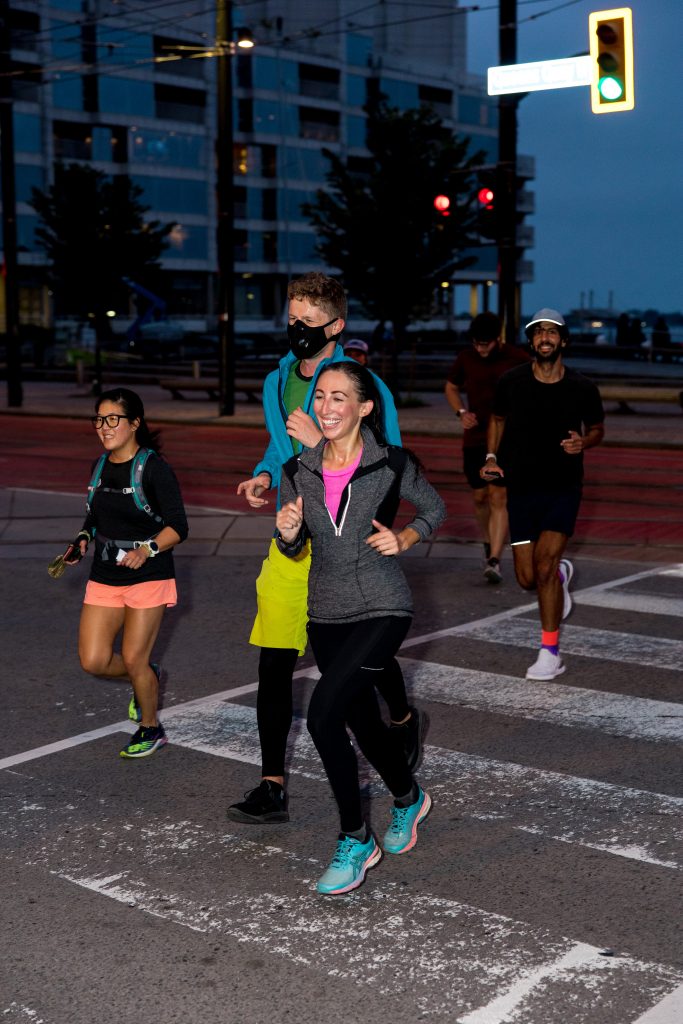
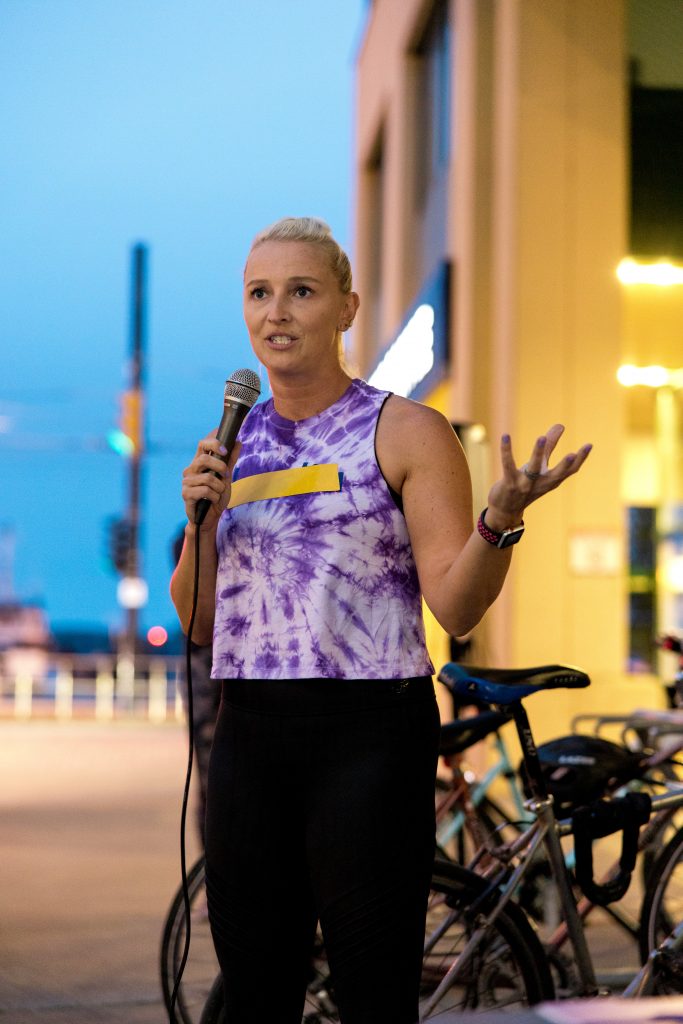
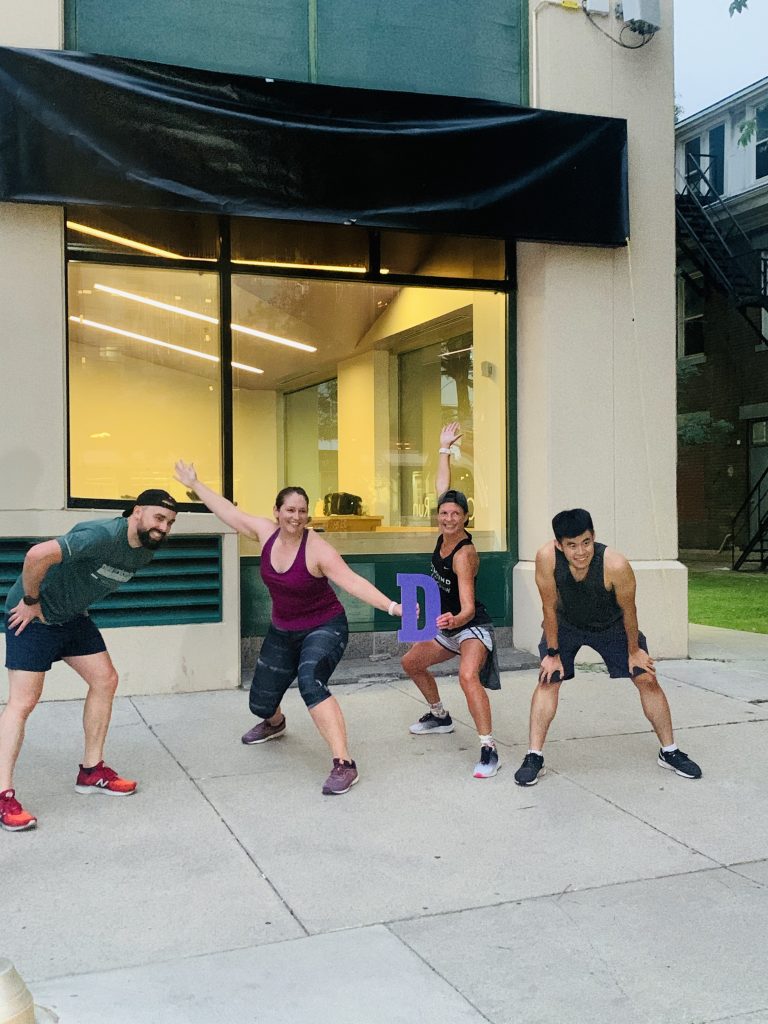

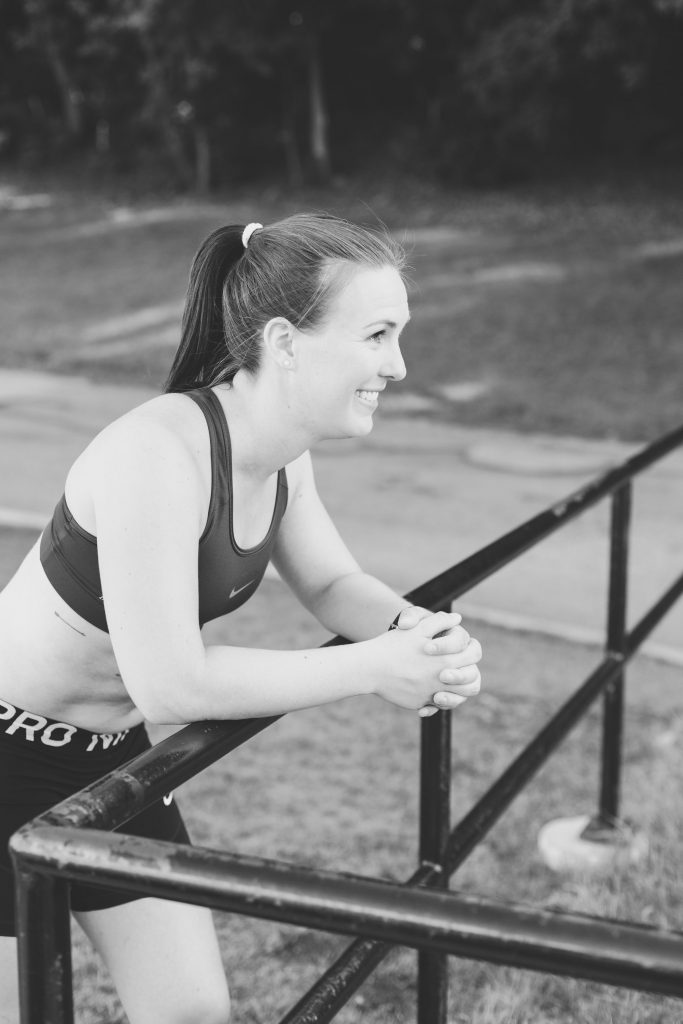



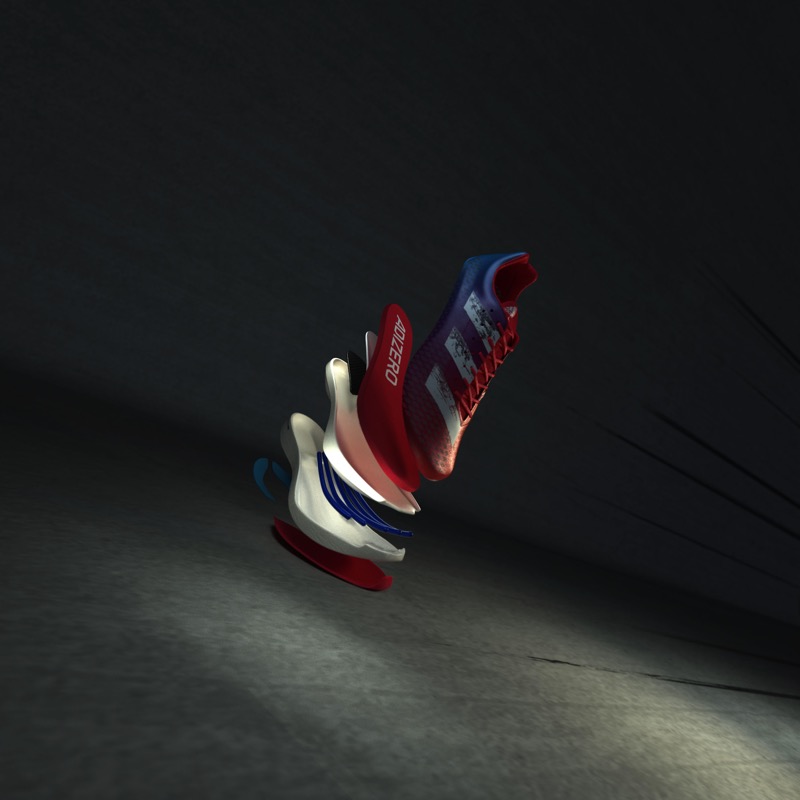




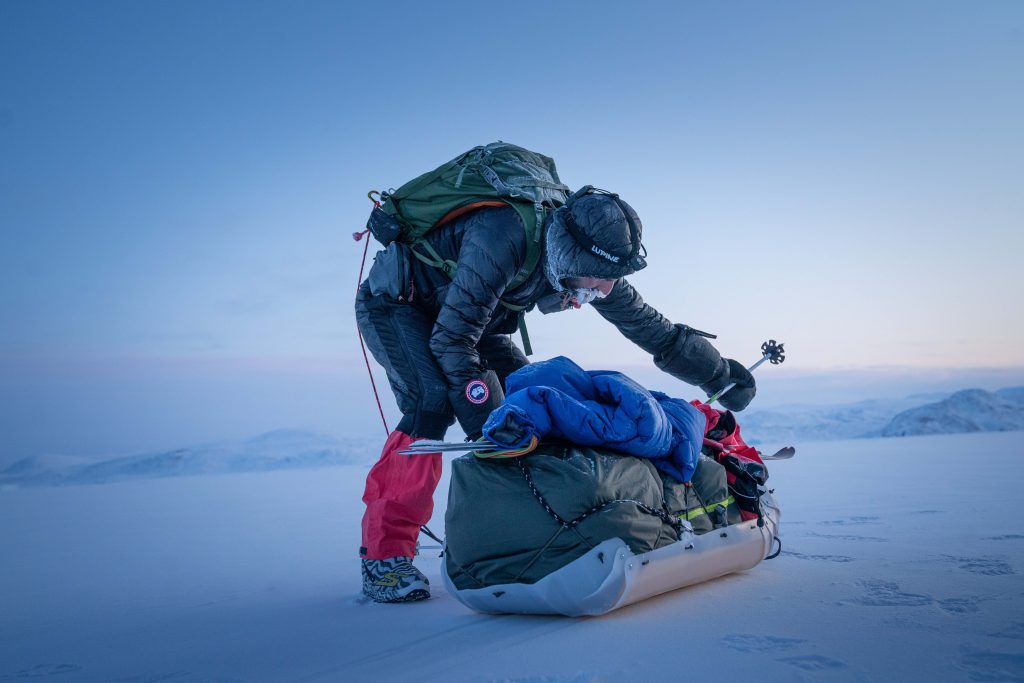
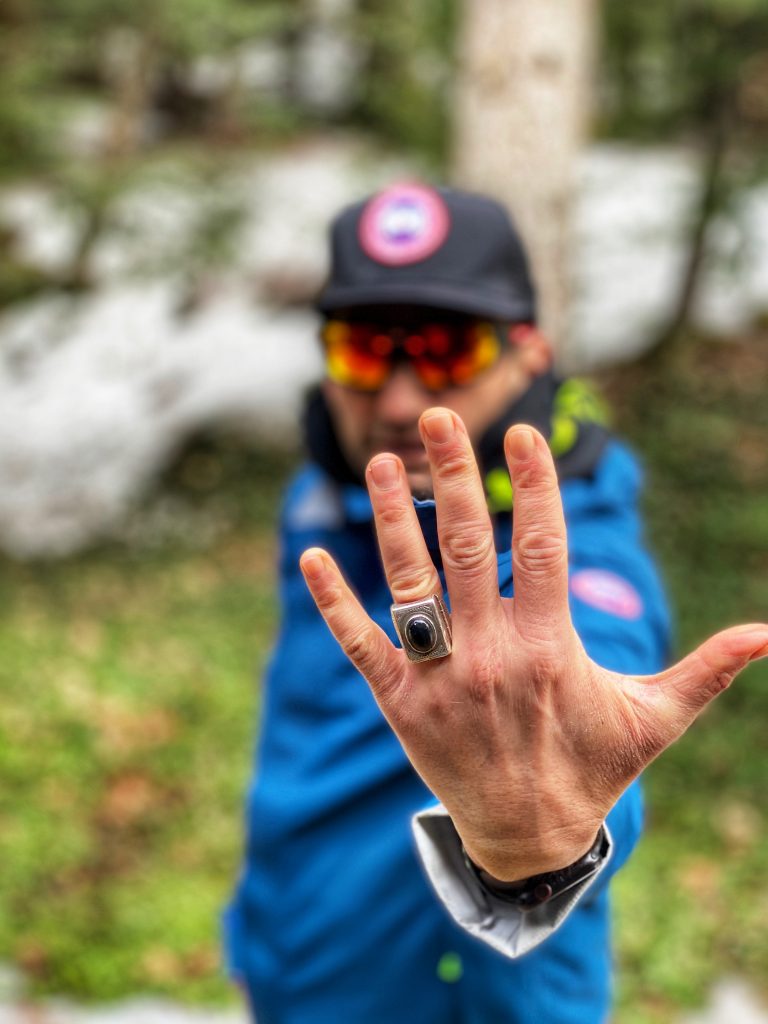
 Current Issue
Current Issue Previous Issue
Previous Issue Prior Release
Prior Release
